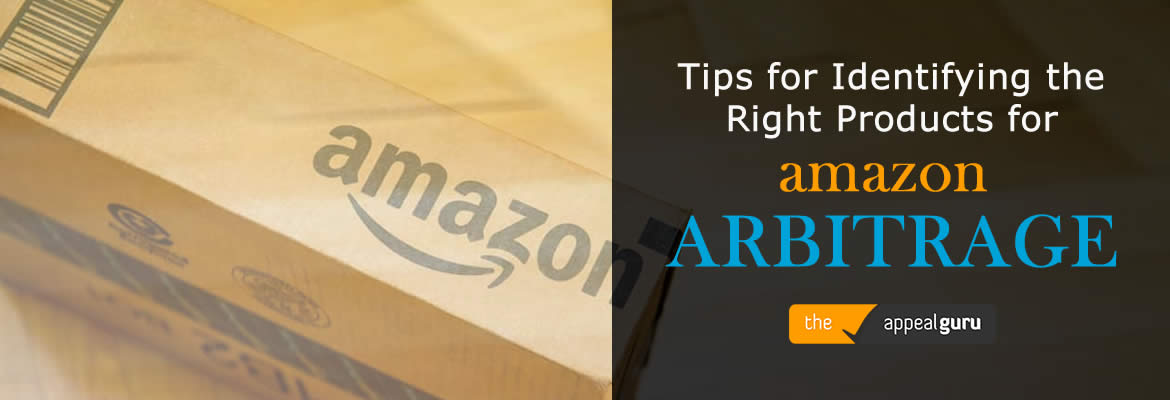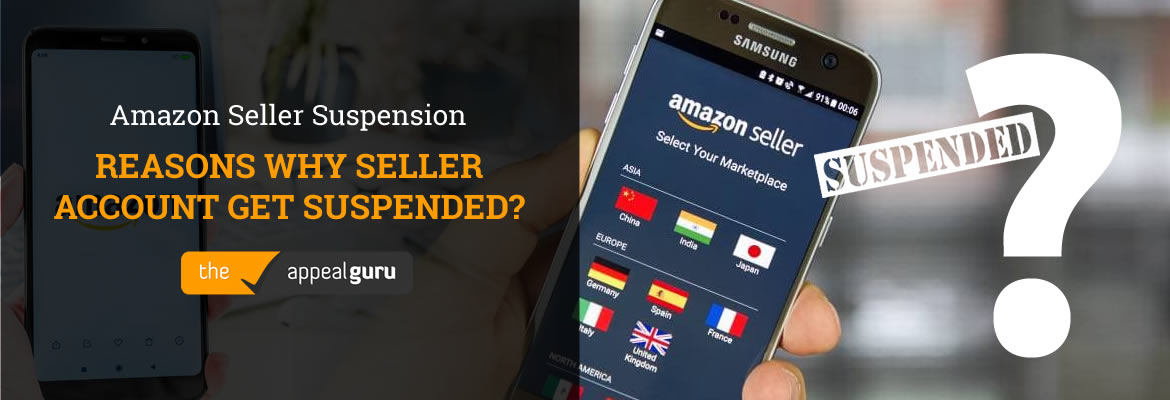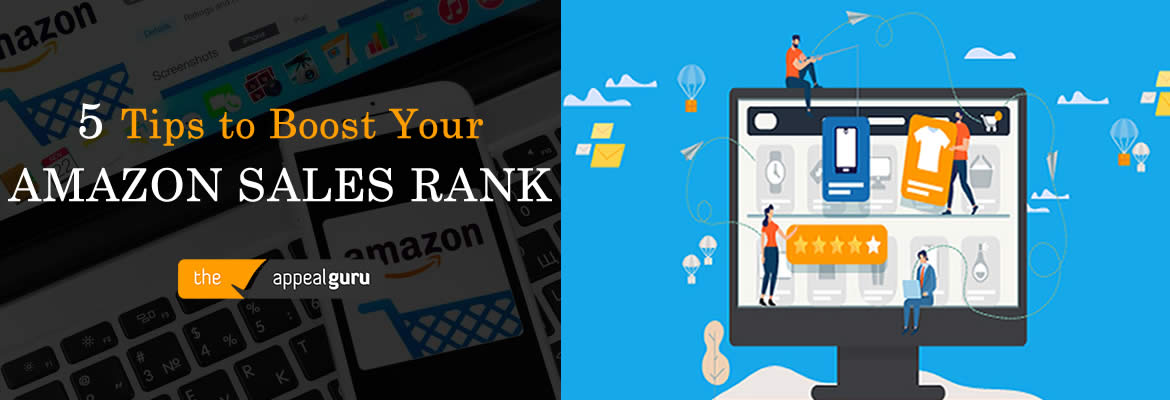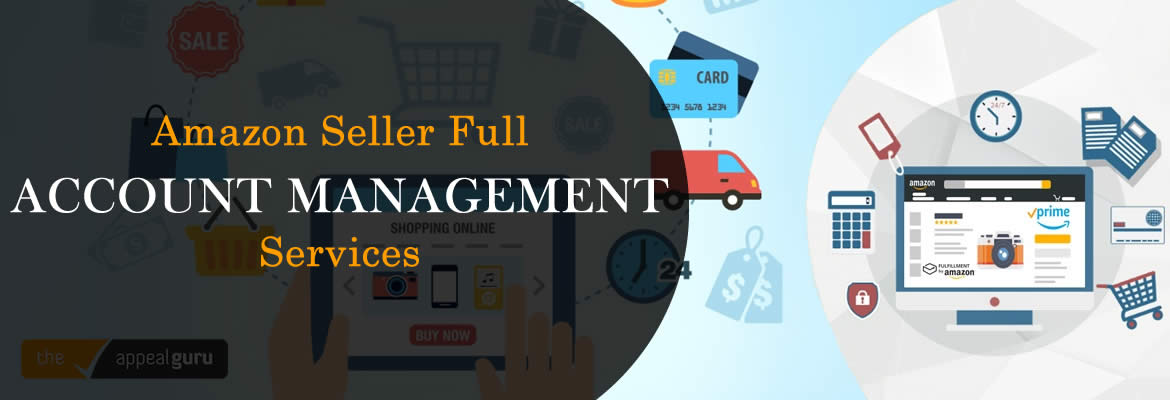If you’re a third-party Amazon seller or is thinking of being one in the future, you’ve come to the right page. Amazon arbitrage is, by far, one of the easiest methods to sell, and we’re going to make it easier, by giving you the top tips in identifying the right products for Amazon arbitrage. Before we get into the tips, to cater to beginners, let’s look into the definition of “Amazon arbitrage.”
Amazon arbitrage
Amazon arbitrage or retail arbitrage is a way of purchasing a product to be sold to another platform, for a higher price.
The goal of Amazon arbitrage is for you to profit. Basically, you’ll want to snag a low-priced bargain, so when you sell it on sites like Amazon, you’re still selling at a decent price tag while still profiting.

What are the other benefits of selling through arbitrage?
1) Speedy acquisition process: The acquisition of supplies is pretty straight forward. You don’t need to go through the long and tiring process of design, manufacturing, or shipping.
2) You don’t need a huge amount of money to start: You don’t need a huge investment to start an arbitrage system. The amount of product supply will solely depend on your decision.
3) Marketing is done for you: In an arbitrage, the products you’ll sell are from well-known brands. Because these products are household names, you don’t need to put any effort into marketing the product. Rather, you’ll want to market your platform or your online store.
Tips in identifying the right products for Amazon arbitrage
Finding the right products to sell for Amazon is beyond finding an amazing price or bargain. Why? There can be several underlying factors why a product was discounted hugely. For example, it can be that the packs of ballpoint pens were discounted at %50 because they don’t sell very well.
So, what then should you do to find the right product for Amazon arbitrage?
1) Invest in tools
To know beyond the price point of the product, you’ll need several tools. Some of the most helpful tools to invest in are:
- Amazon: Yes, obvious as it is, Amazon helps a lot in giving the most basic to the most in-depth information about a product. For example, in the Amazon website, you’ll get to see who are the current online sellers of the product, reviews on the product, prices, and stock level.
- Amazon seller scanner application: This app goes beyond the basic information of a product. By scanning a product’s barcode, you’ll see its performance, FBA prices, sales rank, and even weight.
- Camelcamelcamel: Camelcamelcamel is great in providing you the missing gaps that Amazon and the Amazon seller scanner application might have left. For example, you’ll see a product’s pricing history.
2) Compare relevant prices
A product’s price is the first thing to know about a product. The rule of thumb is that the price of the supplier’s product should be lower than the prices sold in Amazon. You’ll usually snag low-priced items if they’re discounted, in a clearance sale, or a wholesale model.
3) Check if Amazon allows the products to be sold
Amazon bans an item through these two forms of restriction:
- Outright ban: Amazon absolutely bans a certain item for obvious or undisclosed reasons.
- Restriction: These are also called gated items. Amazon doesn’t absolutely ban the item, but it needs Amazon’s approval before you can sell it on their platform.
4) Check out your competitors
Somebody is probably selling your chosen item on Amazon too. So, check your competitor and find out how to navigate your way around them. Your biggest competitors are usually at the top of the search results. look up their followings features:
- Price: Do they match your price or do they have an even lower price than yours
- Shipping: Do they have the Amazon Prime 2-day deliveries?
- Customer review: What do their customers say about them?
- Amazon: Does Amazon directly sell the item?
After collecting the information from their key features, create a strategy on how to do better than what they offer.

5) Look deeply into your competitor’s customer review
Customer reviews deserve a separate spot because they are hidden gems that you should pay attention to.
You can refer to customer reviews for hypothesizing the selling potential of an item. Take note of when was the comment sent- this piece of information gives you an idea of the recent and later interest on the product.
More often than not, your competitor’s customer reviews can give you information on why your competitors are revered.
6) Check the stock levels
You can still up your competing levels if your competitor’s stock levels are running out.
Hack alert! To check your competitor’s stock levels, add a product to the basket. Increase the product’s quantity to 999. If indeed, your competitor is running out of stock of a particular product, an error message would pop up that says how many items are only left in stock.
7) Calculate the storage and shipping cost
In buying bulk, consider your expenses on the shipping plus storage costs. If you don’t have storage, consider paying for an outsourced fulfillment provider to handle your excess stock.
Storing your excess stock on barns disintegrates the quality of your items, and it’s not cute for the horses.
Be all-out when it comes to “speedy shipping.” Convenience is a major factor in keeping your customers happy.
2-day delivery is standard for customer delivery satisfaction. This is achievable by using FBA or Seller Fulfilled Prime.
8) Consider paying extra for an extended return window
Some suppliers have an extended return window if you sign up as a member or sign up for their loyalty program.
An extended return window is great if you’re unsure of an item.





